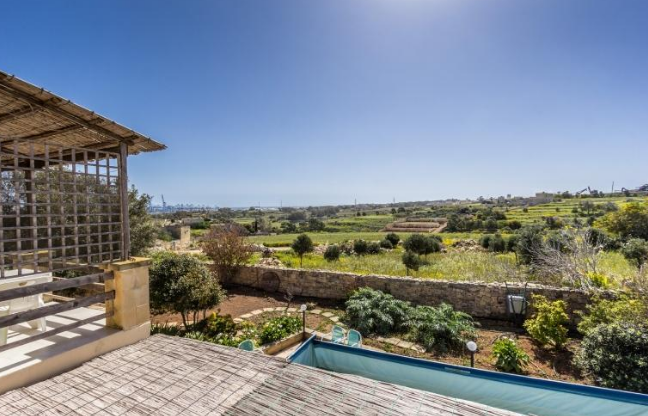There are several reasons why Malta remains one of the best places in the world for investors, especially those looking to invest in real estate. The year-round good weather, the fact that most people in Malta speak English, and the growing tourism industry of the island are among the things that attract investors from around the world.
It is also not a secret that buying an investment property in Malta is a straightforward process. There are no hoops to jump through or complicated regulations to worry about. Even the tax regime is friendly to foreign investors. If you’re thinking about buying an investment property in Malta, here are the steps you need to complete.
Setting a Budget
Malta’s real estate market is filled with great properties in different price ranges and categories. This is another reason why the market is so appealing; you can find an investment property that suits your specific needs and requirements regardless of the amount of money you want to invest.
Nevertheless, the first thing you need to do before you start browsing through property listings and options is setting a budget. Knowing exactly how much you can afford to invest in a property in Malta will help simplify the rest of the process.
Having a clear budget is also useful for keeping the investment manageable. There are fees and additional costs to absorb when you buy a property on the island, so being able to prepare for them in advance is a great thing.

Understand the Fees
As mentioned earlier, there are several fees you need to absorb when buying a property in Malta. The Stamp Duty is currently set at 5%, which is relatively low compared to other countries. There is also a government program designed to attract more foreign investors by offering incentives for first-time buyers.
The first-time buyer program allows you to purchase a property without paying Stamp Duty on your first €150,000 investment. That’s more than €5,000 in total savings waiting to be claimed. The government also introduced a new program this year for second-time buyers, with an additional €3,000 incentive to claim.
There is also a notary fee, which usually ranges around 1.5% to 2.5% of the property price. The notary fee is always calculated based on the Notarial Council Guidelines, so this is a fee that you can also predict before making your purchase decision.
Lastly, there is a fixed fee known as the Registration Fee. The amount you have to pay in Registration Fees depends on the value of the property you are buying. Aside from these fees, you may also have to deal with agents’ fees as well as fees associated with the financing option you use for the purchase.
Search for Options
Now that you understand the overall cost structure of buying a property in Malta and have a clear budget in mind, it is time to start looking for the best properties to choose from. There is no shortage of real estate agents on the island, plus there are a lot of international agencies helping investors from around the world find and purchase the properties that suit them. Finding options should be a walk in the park.
Just like buying an investment property elsewhere, you need to consider the kind of investment you want to make before taking your pick. For instance, you want a villa that is close to the beach, surrounded by good amenities, and is suitable for travellers if you’re investing in a holiday rental. On the other hand, opting for a small house near to where the best jobs are, which are now as attractive to expats as careers in Malta, is the way to go for a long-term investment.
There are different areas to choose from too. Some areas like Tigne Point and Fort Cambridge are famous for their luxury properties and great neighbourhoods. Tas-Sellum is another high-end neighbourhood to look into if you want to invest in a residential property.
Every little detail matters. The number of bedrooms and bathrooms a property has can greatly influence its long-term value. Whether the property needs repairs also influences the total cost of ownership for said property, so you have to consider this fact as well.
Make a Purchase
With the right property selected, it is time to continue with the purchase. It is always best to have a notary even before you begin the purchase process. The next step is making a preliminary agreement, which includes the price of the property, ground rent, other features included in the purchase price, payment terms, work that the current owner needs to complete before the sale can be finalized, and the terms of the promise of sale agreement.
The rest is easy from this point. A contract of sale is created once the terms of the preliminary agreement is met and transfer of ownership will happen shortly after. You are now the proud owner of an investment property in Malta.
Disclaimer: This is a guest post and it doesn’t represent the views of IWB.